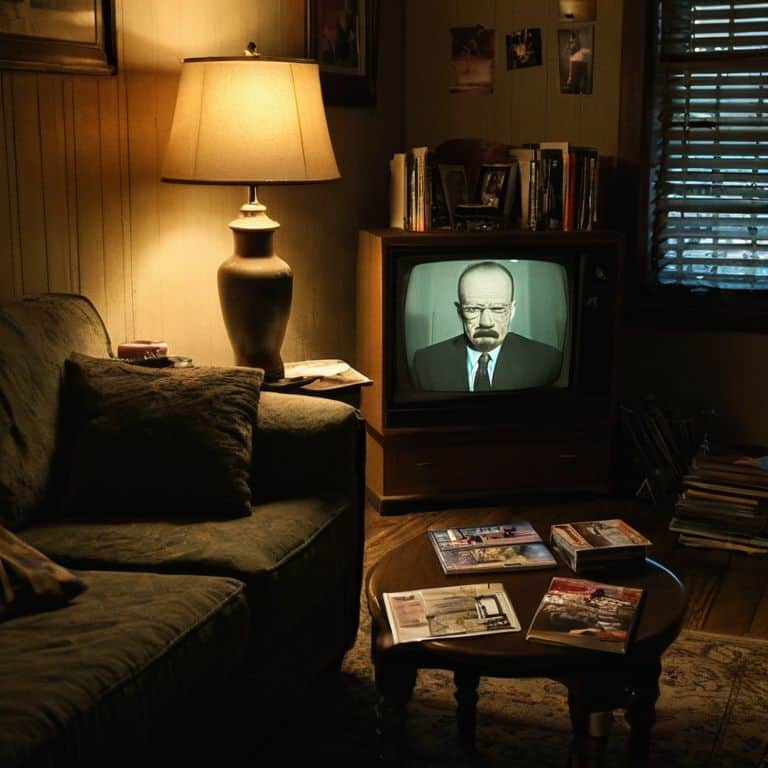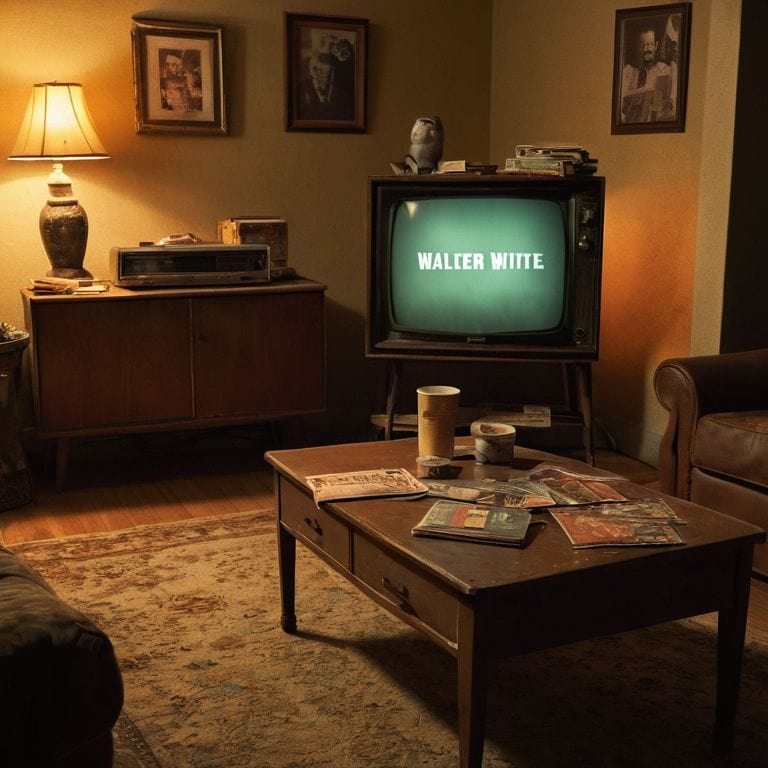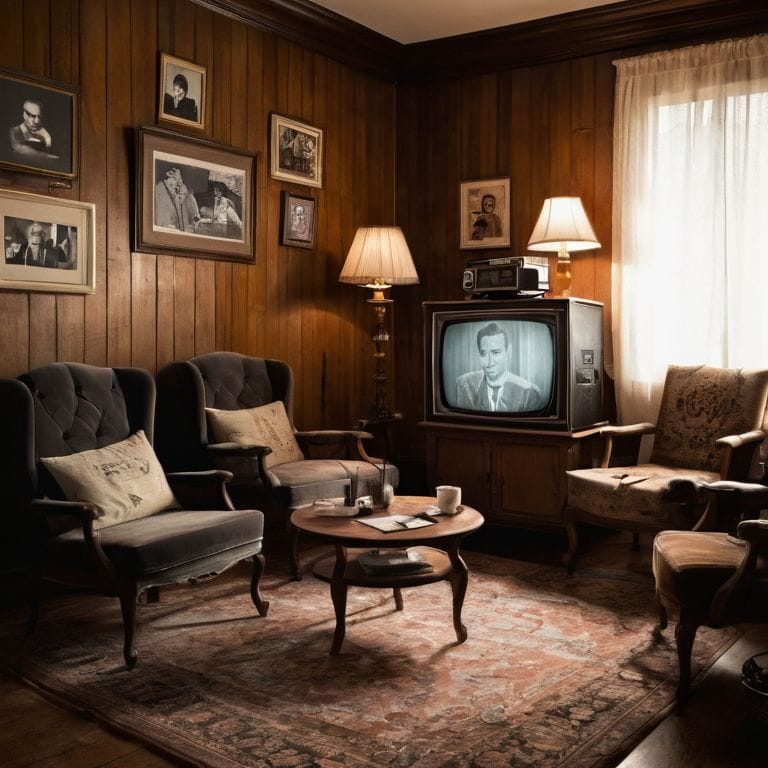I still remember the smell of worn couches and stale popcorn in my friend’s basement, where we’d spend hours channel surfing through the nascent days of what’s now dubbed the golden age of television. It was a time when shows like “The Sopranos” and “The Wire” were redefining the medium, and we were hooked. But as I look back, I’m frustrated by how this era is often oversimplified – reduced to a series of trending hashtags and watercooler moments. The truth is, the golden age of television is more than just a catchy phrase; it’s a complex, multifaceted phenomenon that reflects our deepest desires and anxieties.
As someone who’s spent years studying the intersection of media and culture, I’m tired of the superficial analysis that dominates the conversation around television. That’s why I’m committed to digging deeper, to exploring the ways in which our favorite shows reveal hidden truths about ourselves and our society. In this article, I’ll be sharing my own experiences and insights, gleaned from years of watching, writing, and teaching about television. My goal is to provide a nuanced understanding of the golden age of television, one that acknowledges both its artistic achievements and its cultural significance. So, if you’re ready to move beyond the hype and explore the real meaning behind our favorite shows, then let’s dive in.
Table of Contents
Decoding the Golden Age

As I delve into the peak TV era, I’m struck by the sheer diversity of complex characters that now populate our screens. Shows like “Breaking Bad” and “The Sopranos” have redefined the boundaries of complex character development, offering us flawed, multidimensional protagonists that defy traditional heroic archetypes. This shift towards nuanced characterization has not only elevated the art of storytelling but also reflected our own societal anxieties about identity and morality.
The rise of non-linear storytelling has also been a hallmark of this era, with series like “Lost” and “Westworld” expertly weaving intricate narratives that reward close attention and multiple viewings. This trend has been influenced, in part, by the influence of cable TV on content, which has enabled creators to push the envelope and experiment with innovative formats. As a result, we’ve seen a proliferation of TV show reboots, reimaginings, and revivals that update classic formulas for the modern era.
In this golden age of TV drama, we’re witnessing a fascinating interplay between high-brow artistic ambitions and populist appeal. Shows like “The Handmaid’s Tale” and “Black Mirror” have managed to balance thought-provoking themes with broad appeal, sparking watercooler conversations and critical debates in equal measure. As we navigate this vibrant landscape, it’s clear that the best TV shows are those that not only entertain but also challenge our assumptions, reflecting the tumultuous world we live in with unflinching honesty.
Complex Characters in Non Linear Storytelling
As I delve into the era of Peak TV, I’m struck by the emergence of complex characters that defy traditional archetypes. Shows like “Breaking Bad” and “Narcos” feature anti-heroes with rich backstories, making it impossible to categorize them as simply good or evil. This nuanced approach to character development has become a hallmark of modern television, allowing audiences to connect with characters on a deeper level.
The use of non-linear storytelling techniques has also enabled creators to craft intricate narratives that keep viewers engaged. By presenting events out of chronological order, shows like “Westworld” and “True Detective” create a sense of mystery, forcing audiences to piece together the puzzle alongside the characters.
Unpacking Peak Tv Era Genius
As I delve into the intricacies of Peak TV, I’m struck by the sheer diversity of storytelling on offer. From the surreal landscapes of “Twin Peaks” to the gritty realism of “The Wire”, each show offers a unique window into the human condition.
The golden age of television is marked by an unprecedented level of creative freedom, allowing writers and directors to push the boundaries of what’s possible on screen.
Revolutionizing the Golden Age of Television

As I delve into the peak TV era, I’m struck by the sheer audacity of modern television. Shows like Breaking Bad and The Sopranos have redefined the boundaries of storytelling, embracing non-linear storytelling and complex character development. This shift has not only elevated the medium but also reflected our collective desire for nuanced, thought-provoking entertainment.
The influence of cable TV on content has been particularly significant, allowing for more mature themes and experimentation with form. This has led to a proliferation of tv show reboot trends, as classic series are reimagined for contemporary audiences. While some may view this as a cynical cash-grab, I see it as an opportunity for creators to reexamine and redefine beloved characters and storylines.
In this golden age of TV drama, we’re witnessing a seismic shift in the way stories are told and consumed. With the rise of streaming platforms, the traditional broadcast model is being dismantled, and new avenues for innovative storytelling are emerging. As a result, we’re seeing a new wave of writers and producers pushing the boundaries of what’s possible, often incorporating complex character development and bold narrative structures to create truly unforgettable viewing experiences.
Cable Tvs Influence on Dramatic Content
The advent of cable TV marked a significant shift in the dramatic content landscape, allowing for more mature themes to emerge. This led to a proliferation of shows that tackled complex, often dark, storylines, catering to a more niche audience. As a result, writers were able to push the boundaries of what was considered acceptable on television, exploring topics previously taboo.
The influence of cable TV can be seen in the rise of shows with non-linear narrative structures, which added depth and complexity to the storytelling. This, in turn, enabled creators to craft more nuanced characters, often with flawed and relatable personalities, drawing viewers into their worlds.
Tv Show Reboot Trends and Cultural Significance
As I delve into the world of TV show reboots, I’m struck by the cultural nostalgia that drives their creation. It’s as if our collective desire for familiarity is being exploited, with reboots serving as a form of comfort food for our anxious souls.
The reboot frenzy has become a staple of modern television, with everything from classic sitcoms to beloved dramas getting a modern makeover. I find it fascinating to analyze the motivations behind these reboots, and what they reveal about our societal values and desires.
Mining Gold: 5 Essential Takeaways from the Golden Age of Television
- Embrace the complexity: don’t be afraid to dive into non-linear storytelling and complex characters, for it’s in these depths that we find reflections of our own anxieties and desires
- Reboot, revive, and rethink: the trend of reboots isn’t just about nostalgia; it’s a window into our cultural psyche, revealing what we’re willing to revisit and why
- Cable TV’s influence can’t be overstated: the shift from broadcast to cable television marked a significant turning point in dramatic content, paving the way for more mature themes and sophisticated storytelling
- Peak TV is more than just a phenomenon – it’s a cultural mirror: by examining the most popular shows of our time, we can gain insight into the collective unconscious, revealing fears, hopes, and desires that define our era
- The golden age of television isn’t just about the shows; it’s about the conversations they spark: as we dissect and discuss our favorite series, we’re not just analyzing plot points – we’re exploring the very fabric of our society and what it means to be human
Key Takeaways from the Golden Age of Television
As we navigate the ever-changing landscape of television, it’s clear that the current era is not just about high production value, but about reflecting our collective psyche – the good, the bad, and the utterly bizarre.
The rise of complex characters and non-linear storytelling has redefined our expectations of what a ‘good’ TV show should be, often blurring the lines between reality and fiction in a way that’s both fascinating and unsettling.
Ultimately, the golden age of television is as much about the culture it represents as it is about the technology that enables it, serving as a time capsule for our hopes, fears, and desires – and maybe, just maybe, helping us make sense of this crazy thing called life.
Unpacking the Essence of Peak TV
The golden age of television isn’t just about sleek production values or intricate plotlines; it’s about how our favorite shows hold up a mirror to our collective psyche, revealing the darkest corners of our desires, fears, and anxieties – and still manage to make us laugh, cry, and question everything.
Julian Thorne
The Bigger Picture: Reflections on TV's Golden Age

As I reflect on the golden age of television, it’s clear that we’ve witnessed a seismic shift in the way stories are told and consumed. From the complex characters in non-linear storytelling to the influence of cable TV on dramatic content, each element has contributed to a richer, more nuanced television landscape. The reboot trends and cultural significance of our favorite shows also speak to a deeper desire for nostalgia and connection in an increasingly fragmented world.
So, what does the future hold for this ever-evolving medium? As we continue to navigate the uncharted territories of peak TV, one thing is certain: the best television will always be that which challenges, inspires, and ultimately reflects our collective humanity back at us, forcing us to confront our deepest anxieties and desires, and to laugh, critique, and question the world around us.
Frequently Asked Questions
What role did the rise of streaming services play in shaping the golden age of television?
The rise of streaming services was the game-changer, allowing for innovative, niche content to thrive and giving creators unprecedented freedom to experiment with form and narrative, thus further propelling the golden age of television into uncharted territories of brilliance and accessibility.
How did the golden age of television reflect and influence societal attitudes towards diversity and representation?
The golden age of TV has been a game-changer for diversity and representation, with shows like ‘Master of None’ and ‘Atlanta’ pushing boundaries and sparking crucial conversations about identity, race, and social justice, ultimately holding a mirror to our collective psyche and influencing societal attitudes towards inclusivity.
In what ways did the golden age of television push the boundaries of storytelling and genre, and what impact did this have on the broader cultural landscape?
The golden age of television exploded genre boundaries, introducing complex, non-linear narratives and morally ambiguous characters, which in turn reflected and influenced our collective anxieties and desires, mirroring the chaos of the real world and forcing us to confront our own societal flaws.
